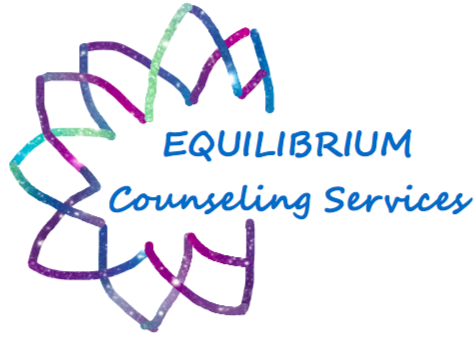An Alternative to “How does that make you feel?”: Using Metaphors to Articulate Emotions
One of the first things you might explore in therapy is the current patterns and circumstances affecting your moods and quality of life. So often, clients easily articulate facts about their events, stressors, and interpersonal conflicts but struggle to to describe how they are internally affected by their experiences.
Emotions are a main component of the human brain. They inform us about our needs, help us make decisions, keep us safe, and connect with others. Emotions play a significant role in our overall well-being and quality of life. Often, the quality of the day we have depends on the emotions we experience. Yet, there is still a ton of stigma around mental health and regular invalidation of innate human struggles. We live in a world where we are expected to dismiss our emotions and pretend that we are not bothered by anything. Unfortunately, as a result, many of us do not learn emotional language or the primary language to express ourselves.
There are thousands of resources we use in therapy to help clients develop language for their feelings and emotions. My favorite tool to get a more accurate and authentic understanding of my clients is the use of metaphors (and other literary devices including similes, analogies, personification, imagery, conceit, etc.) A metaphor is a figure of speech that describes an object or action in a way that isn’t literally true, but helps explain an idea or make a comparison - think “Love is a battlefield” or “All the world’s a stage, and all the men and women merely players.”
I love that we have access to creative short images that can simultaneously hold so many emotions. A good metaphor is a friendly introduction to an individual’s underlying emotions. Asking someone to develop a metaphor to represent their experiences requires introspection and self-expression. The metaphor gives us somewhere to start the conversation. Similar to writing songs or creating art, metaphors in therapy allow us to express ourselves in nuances where literal language doesn't fit, especially if the client doesn’t have that language in their toolbox yet.
Through metaphors, we explore and interpret how a story mirrors a presenting concern in therapy. We use the metaphor to identify the factors affecting our well-being. For example, is there a pain that needs tending, a problem looking for a solution, or a coping strategy to discover? Creatively, we can continue expanding with the metaphor until we eventually move towards identifying the underlying emotions that represent the individual's experience. It engages empathy, self-compassion, and perspective-taking. It releases the pressure of having "the right words" in an "I don't know" moment when it can be challenging to self-reflect or stay in the present uncomfortable emotions. Creating and using a metaphor is subjective, with no right or wrong answer, making it easier to describe how we are internally affected by our experiences.
Try it out - what feelings might be related to these metaphors and similes:
It's as if I got cool new shoes and nobody even noticed.
Possible emotions: lonely, hurt, abandoned, sad
Finally getting my braces off.
Possible emotions: happy, relief, free, thankful
It's like that sticky spot on the counter that I keep wiping up, but there is always more sticky.
Possible emotions: frustrated, annoyed, overwhelmed
A traffic jam in my brain.
Possible emotions: stuck, anxious, confused, preoccupied, frustrated, numb, overwhelmed
It's like everyone is always talking louder than me, even when I say the right answer.
Possible emotions: abandoned, sad, hurt, vulnerable, inferior, angry
Do you ever feel like a plastic bag drifting through the wind wanting to start again?
Just kidding, that's Katy Perry. But what emotions would you even guess for that one?!
That’s the power of figurative language! When my client is struggling to express themselves, or when the literal language does not suffice, I don’t ask "How does that make you feel?" Instead, I ask "Can you find a similar example or experience in life that might bring up the same feelings?" There is no right or wrong way to express yourself and begin to explore your emotions; show up authentically, and all the rest will follow.
Additional Resources:
Feelings Wheel (Originally created by Dr. Gloria Wilcox)
